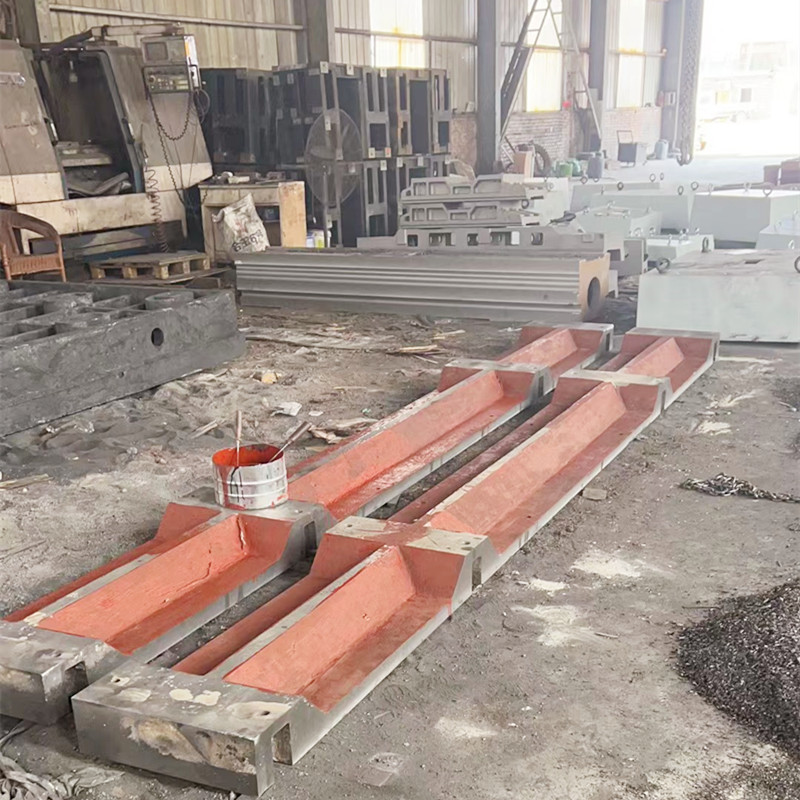Sep . 04, 2024 21:37 Back to list
check valve price
Understanding Check Valve Prices Factors and Considerations
Check valves are essential components in various fluid systems, designed to allow fluid (liquid or gas) to flow in one direction while preventing backflow. They are commonly used in industries such as water treatment, oil and gas, chemical processing, and HVAC systems. As crucial as they are, the price of check valves can vary significantly based on several factors. In this article, we will explore these factors in depth to provide a clearer understanding of check valve pricing.
Material Composition
One of the primary determinants of check valve prices is the material from which the valve is made. Common materials include brass, stainless steel, PVC, and cast iron. Brass and stainless steel check valves tend to be more expensive due to their durability, resistance to corrosion, and ability to withstand higher pressures and temperatures. In contrast, PVC valves are typically more affordable but may not perform well in high-pressure applications. The choice of material not only affects the cost but also the valve's overall performance and longevity in specific environments.
Size and Pressure Rating
The size of the check valve significantly impacts its price. Larger valves with higher flow capacity are generally more expensive due to the increased amount of material used in their manufacturing. Additionally, pressure ratings are critical; valves designed for high-pressure applications require more robust construction, which also contributes to a higher price. Customers need to carefully consider their system requirements to select the right size and pressure rating, balancing cost against performance capabilities.
Design and Type
check valve price

There are various designs of check valves, including ball, swing, and wafer check valves, each serving different applications. The complexity of the design influences the manufacturing process and, therefore, the price. For instance, ball check valves tend to be more expensive due to their intricate design and superior sealing capabilities. Swing check valves, while effective, may be less costly due to their simpler construction.
Brand and Manufacturer
The brand and manufacturer also play significant roles in determining check valve prices. Established brands that are well-known for their quality and reliability often charge a premium. Conversely, lesser-known manufacturers may offer more competitive pricing, though this can sometimes come at the cost of quality or customer support. It is essential to evaluate the reputation and reliability of the manufacturer before making a purchase decision.
Market Demand and Economic Factors
Finally, market demand and broader economic factors can influence check valve prices. Fluctuations in material costs, changes in supply chain dynamics, and overall market demand for valves can lead to price variations. Additionally, during periods of economic uncertainty, prices can rise due to increased shipping costs and scarcity of materials.
In summary, the price of check valves is influenced by a combination of factors, including material composition, size and pressure rating, design, brand reputation, and market conditions. Understanding these elements can help consumers make informed choices when shopping for check valves, ensuring they select the right products for their specific applications while staying within budget.
-
Thread Plug Gauge Our Promise of Measurement ExcellenceNewsAug.22,2025
-
Gauge Pin Class Reflecting Quality LegacyNewsAug.22,2025
-
Check Valve Types for High Rise BuildingsNewsAug.22,2025
-
Water Control Valve for Irrigation SystemsNewsAug.22,2025
-
Gate Valve with Soft Seal TechnologyNewsAug.22,2025
-
Y Type Strainer for Oil and Gas ApplicationsNewsAug.22,2025
Related PRODUCTS









